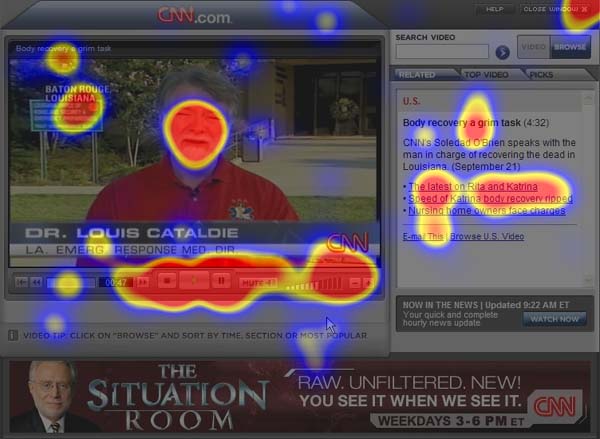When you or someone on your team suggests a marketing video, is “talking head” the format that comes to mind? If you’re nodding yes, that makes sense. Among many different video interview styles, talking to the camera is one of the most common. Plus, it’s what marketers are most familiar with.
But by and large, talking to the camera is not as effective as it could be. The talking-head video needs a refresh. And getting it right matters today, since video consumption continues to grow, and video marketing is a key priority for both B2B and B2C marketers.
Wait—What Is a Talking Head Video?
A talking-head video is one where the main action involves someone just talking to the camera, either right into it or slightly to the side, interview style.
To be clear, there is nothing inherently wrong with a video of a person talking to the camera. At Tendo, we’re huge proponents of telling stories through video. There are likely dozens of articulate speakers with very interesting stories and insights to share, but there’s a better way to get the message across.
Boring Video Means Disengaged Viewers
The popularity of talking-head web videos has led to an unintended consequence: the belief that all you need for an engaging video is a camera and a person to do the talking.
But that’s not the case. Video of one person talking to the camera—captured with one camera from a single perspective—without supporting footage isn’t dynamic enough to engage a web audience.
Web user experience (UX) guru Jakob Nielsen has a theory for this. In his article, “Talking-Head Video Is Boring Online,” Nielsen reminds us that while television invites “passive engagement,” the Internet is a “sit forward” medium.
In other words, people watching video online are easily distracted and often seek out other stimuli. See the heat-map imagery from the article showing where viewers’ eyes go when they watch talking heads:

There’s no need to turn to different video interview styles, but your talking head videos must be visually engaging. To keep viewers engaged, you need to create a more dynamic video experience.
Getting Creative: How to Spice up Talking to Camera
- Use two cameras: Shooting with two cameras is the first step for creating more dynamic videos. By alternating perspectives on your subject, your viewer is less likely to grow bored. In addition, using a second, floating camera gives you the option to integrate more creative cinematography.
- Vary your depth of field: In many talking-head videos, the distance between the camera and subject never changes. This creates a static feel and causes the video to drag. However, switching from tight shots to wider ones with a deeper depth of field improves the pacing of your video and allows you to emphasize important statements.
- Tilting and panning: Tilting is when you move the camera vertically, while panning is when you move it horizontally. Adding these simple techniques as you film lets you accentuate transitions and segues. Plus, doing so adds movement to otherwise static scenes.
- B-roll and a compelling backdrop: Shooting and incorporating b-roll—contextual video that supports your story—brings a talking-head video to life. B-roll not only makes a video more interesting to watch, it adds a compelling visual element to your story. Even if it’s simply depicting your on-camera talent in a meeting or at a whiteboard, b-roll goes a long way toward enhancing both your subject and your message.
Examples of Engaging Talking-Head Videos
Here are two examples of talking-head videos Tendo produced and that follow the advice above. The first video explores enterprise security and was produced for Hewlett Packard Enterprise. The second discusses the power of identity and was produced for Marshall Strategy.
While these are essentially videos of someone talking to the camera, in both videos you’ll notice lots of camera movement, different camera angles, and varying depth of field. In addition, we shot b-roll footage in locations that provide visual context for what’s being said.
Taken together, these production techniques make for much more visually dynamic talking-head videos, which result in a more engaging experience for viewers. Remember: If you want a quality talking-head video, invest the time and resources to do it right.
Talk to Tendo
Tendo has produced engaging videos for world-class B2B brands. Let us help you tell your story and produce a video that gets results, on time and on budget. Contact us today.









